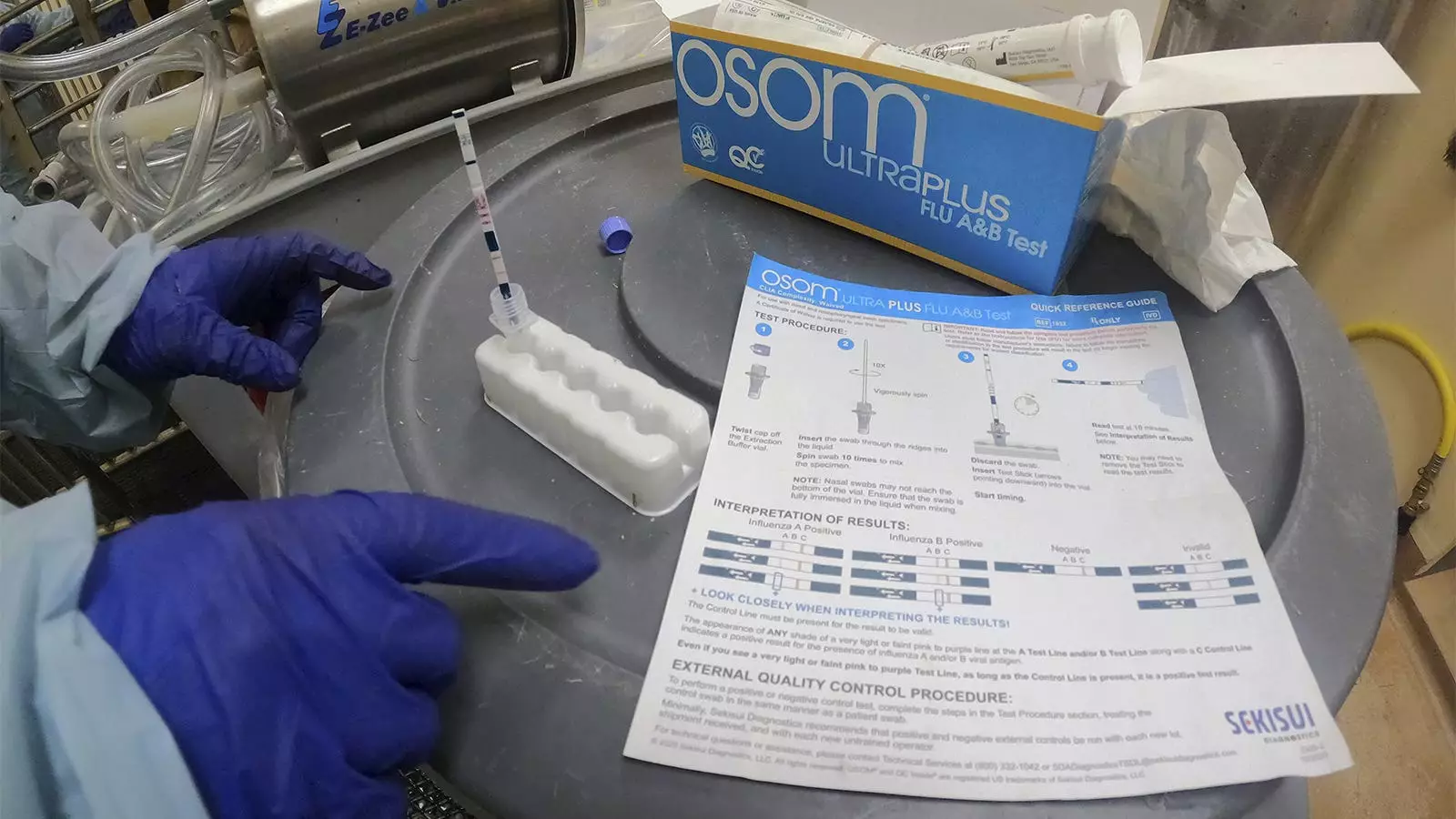The emergence of bird flu in the United States has raised significant concerns regarding the safety of the nation’s milk supply. The recent decision by the U.S. government to mandate testing for bird flu in raw milk is a targeted effort to curb the spread of the virus among dairy cows and protect both animal and human health. This article delves into the implications of this order, the motivations behind it, and the overall response from the dairy industry.
On a recent Friday, the U.S. Department of Agriculture (USDA) announced that beginning December 16, 2023, raw milk from dairy farms and processors across the nation would be subjected to testing for the H5N1 bird flu virus. This move is critical as the USDA aims to monitor the situation more closely. The initial testing will commence in six states: California, Colorado, Michigan, Mississippi, Oregon, and Pennsylvania. The decision comes in the wake of a troubling rise in infections, with over 700 herds confirmed across 15 states since the virus’s initial detection in dairy cows back in March. This significant step reflects an urgent call to action to safeguard the agricultural sector and public health.
The emergence of H5N1 in dairy cows highlights an intersection of animal and public health that necessitates close scrutiny. While health officials currently assess the risk to human populations as low, the situation continues to evolve, particularly as the virus has been identified in various other animal species as well. Veterinary experts emphasize that although pasteurization effectively neutralizes the virus in milk, raw milk poses a significant risk due to high concentrations of the live virus present in infected cows. Health advocates have been vocal about the dangers of consuming raw milk, which is susceptible to a wide range of harmful pathogens. The USDA’s proactive testing regime is essential not only for consumer safety but also for the maintaining the integrity of the dairy industry.
Despite the pressing need for testing, many dairy farmers and processors have been hesitant to engage in widespread testing due to fears of economic repercussions. Concerns about public perception, potential market disruptions, and the stigma associated with positive test results complicate the dynamics of the situation. Jamie Jonker, the chief science officer of the National Milk Producers Federation, has indicated that while the industry supports USDA’s initiatives to eliminate the virus, the path forward must carefully consider the economic realities for farmers. Their cooperation is vital for the success of testing efforts and subsequent disease management.
As part of the federal order, dairy farmers must provide samples for testing upon request, and they are obligated to report any positive findings to the USDA. This testing protocol not only facilitates monitoring and control of the virus but also allows for improved traceability of infections within cattle populations. The measures take into account lessons learned from previous federal orders aimed at controlling the spread of H5N1. For instance, an earlier mandate required testing of certain dairy cattle before interstate movement, which indicates a heightened awareness of the virus’s potential trajectory.
The USDA’s directive reflects a strong commitment to containing the bird flu threat. However, it also highlights the complexities of integrating public health initiatives with industry stability. Farmers are at the frontline, facing the dual pressures of economic viability and safeguarding public health. Veterinary professionals like Keith Poulsen have expressed that this testing approach represents a positive direction in tackling the virus. Nevertheless, it’s crucial to strike a balance that fosters cooperation within the agricultural community while prioritizing public safety and consumer confidence.
The USDA’s testing order for bird flu in milk signals a significant pivot in the U.S. approach to managing avian influenza in dairy cattle. As the situation continues to evolve, the collaboration between health officials, farmers, and industry stakeholders will be pivotal in mitigating risks associated with this infectious disease.

Leave a Reply